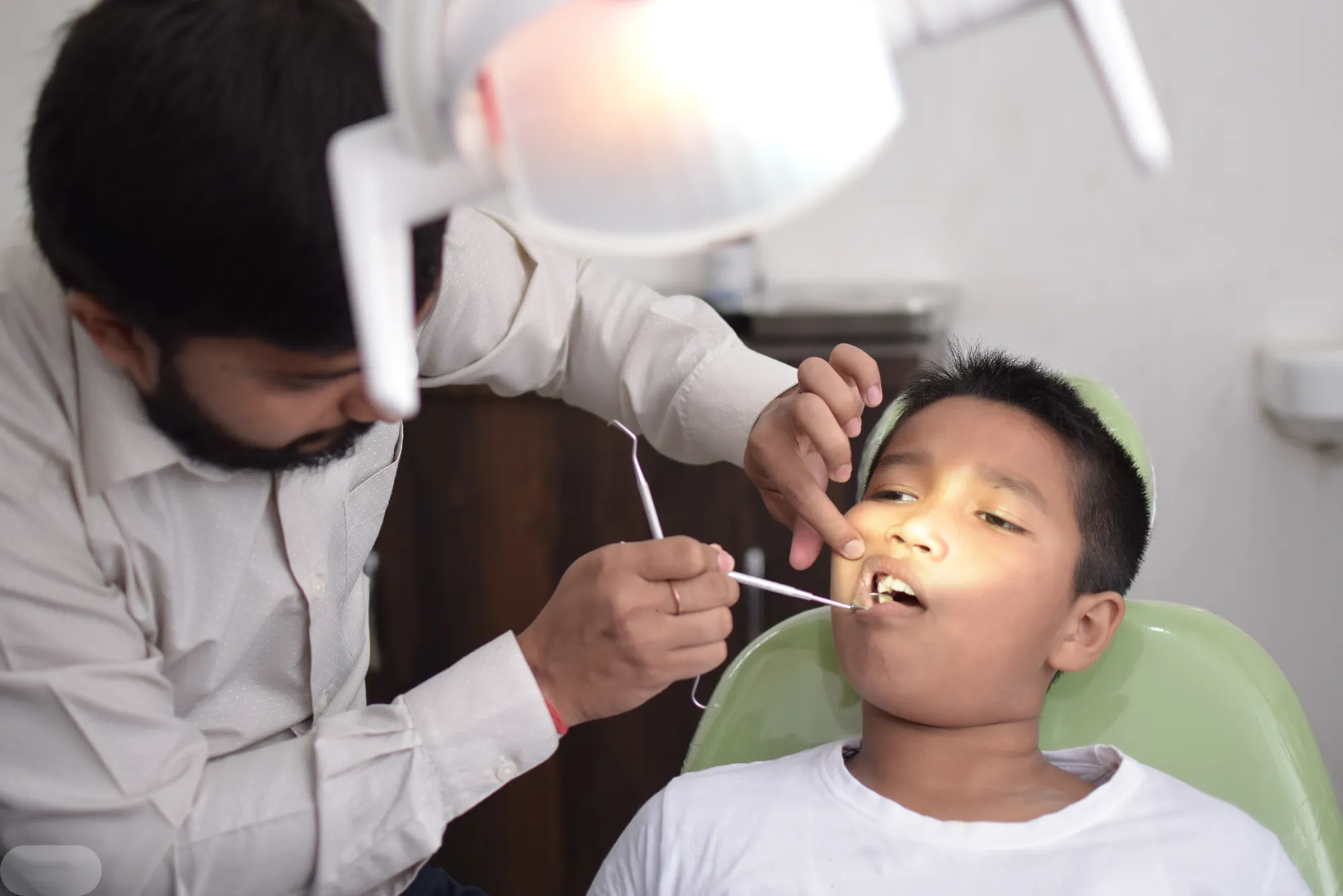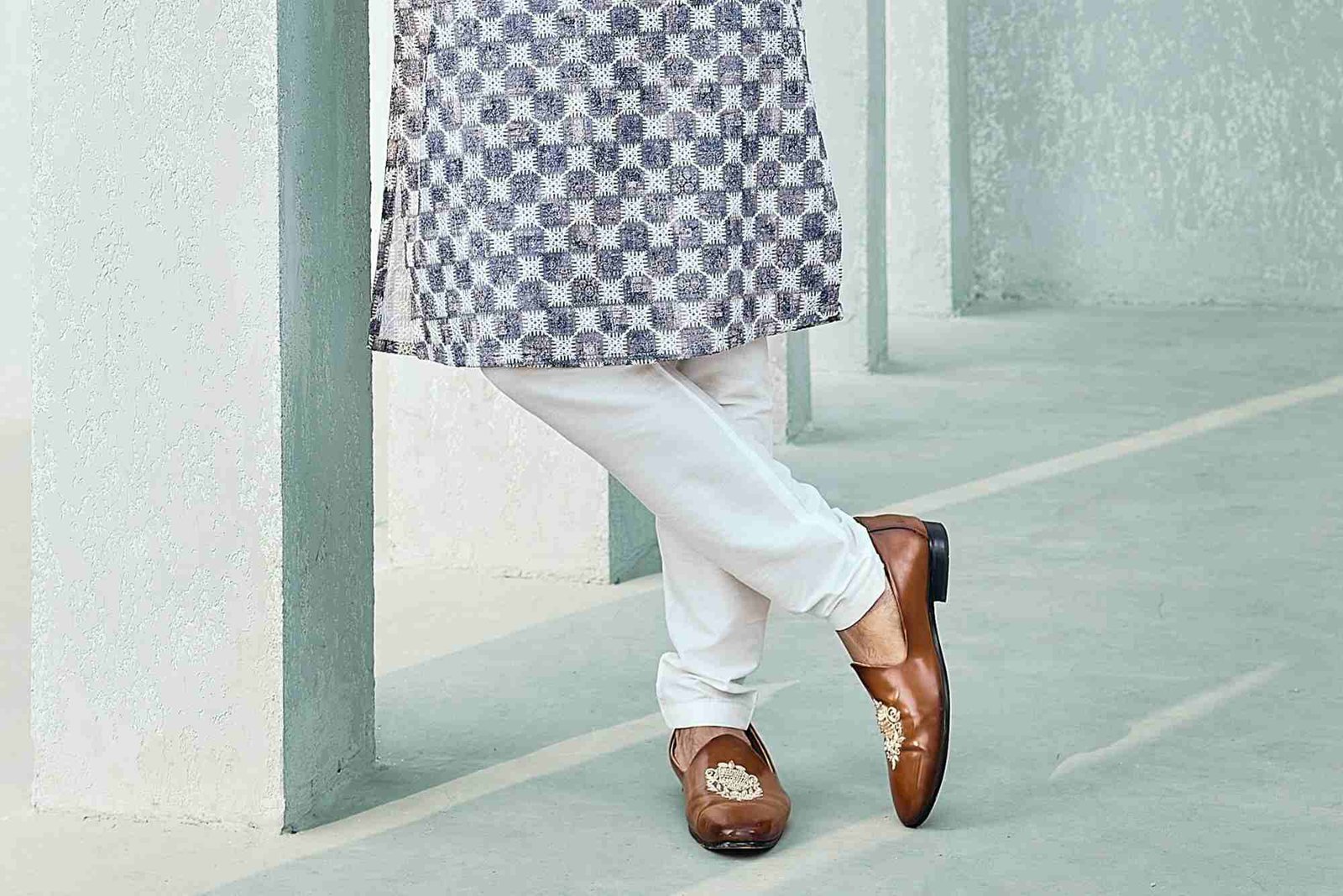Introduction
In today’s eco-conscious world, the products we use daily are under increasing scrutiny — and one of the most overlooked items in our homes is toilet paper. The Complete Guide to Why Choose Chlorine Free Toilet Paper — What You Need to Know dives deep into how something as simple as your toilet paper choice can impact your health, the environment, and overall hygiene. Many people assume all toilet paper is the same, but the truth is, the bleaching process makes a big difference. Chlorine-free toilet paper isn’t just a trend; it’s part of a growing movement toward safer, more sustainable living.
Understanding Chlorine in Toilet Paper
For decades, manufacturers have used chlorine in the bleaching process to make toilet paper appear bright white. This chemical, however, doesn’t just disappear once the paper is made. During production, chlorine reacts with organic matter to form harmful compounds like dioxins and furans — both toxic pollutants that persist in the environment. These toxins can leach into waterways, contaminate soil, and disrupt ecosystems.
What Does Chlorine-Free Mean?
When you see “chlorine-free” on a toilet paper label, it typically refers to one of two production methods — Elemental Chlorine Free (ECF) or Totally Chlorine Free (TCF). ECF paper avoids using elemental chlorine gas but still relies on chlorine dioxide, a milder bleaching agent. In contrast, TCF paper is processed without any chlorine-based chemicals at all, often using oxygen, hydrogen peroxide, or ozone instead.
Choosing chlorine-free toilet paper means you’re opting for a safer, cleaner production method that significantly reduces environmental harm while being gentler on your skin.
Why Choose Chlorine Free Toilet Paper?
The reasons to switch to chlorine-free toilet paper are compelling, spanning environmental protection, personal health, and product quality.
Protecting the Environment
One of the strongest arguments for choosing chlorine-free toilet paper is its environmental benefit. Chlorine bleaching creates toxic waste that contaminates rivers and oceans. By switching to chlorine-free alternatives, we reduce the release of these harmful substances, supporting cleaner ecosystems and promoting sustainable forestry practices. Brands producing chlorine-free paper often source materials from responsibly managed forests or use recycled paper, further reducing their ecological footprint.
A Healthier Option for Your Skin
Your skin, especially in sensitive areas, absorbs what it comes into contact with. Chlorine and its byproducts can cause irritation or allergic reactions for people with sensitive skin or conditions like eczema. Chlorine-free toilet paper eliminates exposure to harsh chemicals, making it a safer and softer option for everyday use. Many dermatologists recommend it as part of a hypoallergenic lifestyle choice.
Better for Septic Systems and Plumbing
Another often-overlooked benefit of chlorine-free toilet paper is its biodegradability. Because it’s produced without harsh chemicals, the paper breaks down more easily in water. This makes it ideal for households with septic systems or eco-friendly composting toilets. It reduces the risk of clogs, minimizes maintenance, and keeps plumbing systems running smoothly.
Supporting Ethical and Sustainable Brands
Switching to chlorine-free toilet paper also supports companies committed to transparency and sustainability. Many of these brands are certified by organizations such as the Forest Stewardship Council (FSC), ensuring responsible sourcing. Choosing these products sends a clear message that consumers value environmental ethics over cheap production shortcuts.
The Difference Between Recycled and Virgin Chlorine-Free Paper
Chlorine-free doesn’t always mean recycled, and recycled doesn’t always mean chlorine-free. Recycled toilet paper can still undergo chlorine bleaching unless specifically labeled “chlorine-free.” The best option is recycled, chlorine-free toilet paper — it reduces deforestation and prevents chemical pollution. However, if you prefer virgin pulp paper, ensure it’s certified and made using totally chlorine-free methods.
How Chlorine-Free Toilet Paper Impacts the Environment
The environmental impact of chlorine bleaching is far-reaching. When chlorine-based chemicals enter water systems, they contribute to long-term pollution. Aquatic life suffers as toxins build up in fish and other organisms, which then travel up the food chain. Over time, this affects not only wildlife but also human health.
In contrast, the production of chlorine-free toilet paper minimizes these effects. Factories that use oxygen or peroxide bleaching have cleaner wastewater and lower carbon emissions. Some even operate closed-loop systems that recycle water, drastically reducing waste. By choosing these products, consumers become part of a solution that promotes sustainability at every level of production.
Is Chlorine-Free Toilet Paper Softer and Stronger?
A common misconception is that chlorine-free toilet paper is rougher or less durable. However, advancements in manufacturing have changed that completely. Many chlorine-free options are made with advanced softening processes, creating a texture that rivals — or even surpasses — conventional brands. These papers are not only soft but also strong enough to resist tearing, offering the same comfort and reliability consumers expect.
Cost vs. Value — Is It Worth the Switch?
While chlorine-free toilet paper may cost slightly more, the long-term benefits far outweigh the price difference. Consider the environmental protection, improved health, and contribution to sustainable practices. It’s a small change that delivers significant impact. Moreover, as demand grows, prices are becoming more competitive, making it easier for families to switch without stretching their budgets.
How to Identify True Chlorine-Free Toilet Paper
With marketing buzzwords everywhere, it’s important to read labels carefully. Look for certifications like:
-
TCF (Totally Chlorine Free)
-
ECF (Elemental Chlorine Free)
-
FSC (Forest Stewardship Council) certification
-
EcoLogo or Green Seal for sustainable production
These labels guarantee the paper meets strict environmental and safety standards. Be cautious of vague terms like “eco-friendly” or “green,” which may not always mean chlorine-free.
Real-World Benefits — What Consumers Say
Many users who have switched to chlorine-free toilet paper report noticeable differences. The paper feels softer, causes less irritation, and provides peace of mind knowing it’s better for the planet. Families with young children or individuals with sensitive skin especially appreciate the gentleness. Environmental advocates see it as a simple yet powerful action toward reducing daily chemical exposure.
How to Transition Smoothly
If you’re switching from conventional toilet paper, start by sampling a few brands to find one that fits your preferences. Many eco-friendly companies offer trial packs. You might notice a slight texture difference at first, but within days, most users adapt easily. Keep in mind that your choice contributes directly to cleaner water, healthier ecosystems, and a sustainable future.
Why This Small Choice Matters
Choosing chlorine-free toilet paper might seem minor, but its ripple effect is significant. Every roll purchased from an eco-conscious brand supports a cleaner production system, fewer pollutants, and safer products for homes worldwide. Small, consistent choices like this lead to big environmental improvements over time.
For an in-depth breakdown of these benefits and how to make the right choice, check out the complete why choose chlorine free toilet paper guide that further explores eco-friendly brands, certifications, and practical buying tips.
Frequently Asked Questions
Is chlorine-free toilet paper more expensive?
It can be slightly more expensive, but the price difference is shrinking as sustainable production grows. The health and environmental benefits make it a worthwhile investment.
Does chlorine-free toilet paper dissolve well in water?
Yes. Chlorine-free toilet paper breaks down more easily than traditional paper, making it perfect for septic systems and eco toilets.
What are dioxins, and why are they dangerous?
Dioxins are toxic byproducts formed during chlorine bleaching. They accumulate in the environment and human body, leading to serious health issues over time.
Is chlorine-free toilet paper good for sensitive skin?
Absolutely. It contains no harsh chemicals, fragrances, or dyes, making it gentle and hypoallergenic.
Where can I find chlorine-free toilet paper?
Most eco-friendly supermarkets, online stores, and sustainable brands carry chlorine-free toilet paper. Look for TCF or ECF labels for confirmation.
As awareness grows, consumers are realizing that even everyday essentials can impact global health and sustainability. The Complete Guide to Why Choose Chlorine Free Toilet Paper — What You Need to Know makes it clear that this small household change offers big rewards — for your well-being, your plumbing, and the planet. Chlorine-free toilet paper is soft, safe, and environmentally responsible.
Start your journey toward a cleaner and greener home today. Visit browse more blog articles to learn about more eco-conscious lifestyle choices and discover valuable insights on sustainable living. For further editorial insights and reviews from our editorial partner, explore in-depth analyses on eco-friendly innovations shaping modern homes.









